#california birds
Explore tagged Tumblr posts
Video
Costa's Hummingbird by TJ Hastings Via Flickr: Stunning costa's hummingbird briefly perches on a branch
#wildlife#wildlife photography#animal#animals#animal photography#bird#birds#bird photography#nature#nature photography#hummingbird#hummingbirds#Costa's Hummingbird#Calypte costae#california#california wildlife#California birds#california animals#desert#desert wildlife#desert birds#sony#tamron#flickr
20 notes
·
View notes
Text
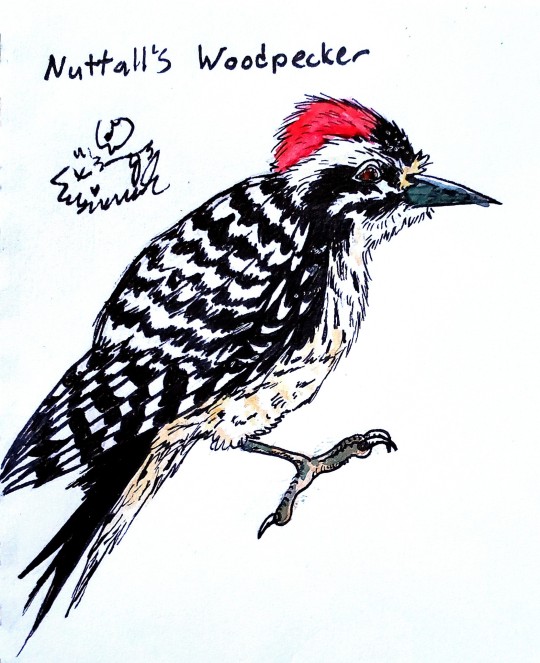
BIRD OF THE WEEK: Nuttall's Woodpecker (Picoides nuttallii )
19 notes
·
View notes
Text






Saw my first American coots up close and personal today, the coots here are definitely not camera shy hehe.
6 notes
·
View notes
Video
tumblr
Caught these California Condors while riding my harley at Big Sur.
105 notes
·
View notes
Text
Inspired by the dead bird post, and because I'm an ornithology person in another life, here's more--
Diego and Birds:
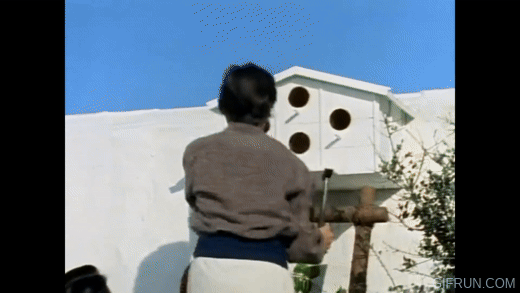
"We can learn much from observing our winged visitors. Each has it's own personality."

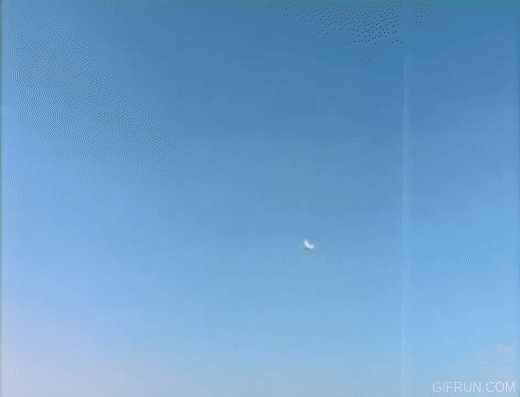
"Ring-neck doves, grouse, and quail all abound in California, but not homing pigeons." Diego knows his local avifauna!

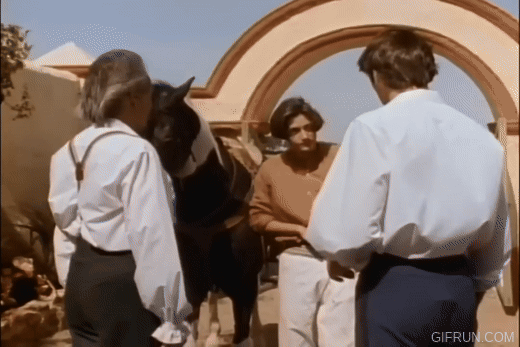
El original, "Pobrecillo." aka dead bird

"Oh don't worry, she's not hurt." aka not dead bird!:)


Disapproval: Don Diego not believing for one second that bad guy of the week is qualified to handle that beautiful Peregrine. About to go start some legal polices for the regulation of falconry practice in Mexico, because we love a good side project!
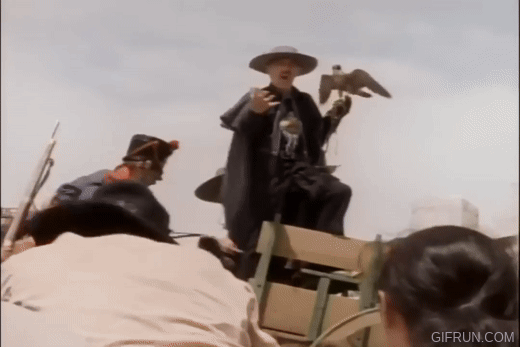
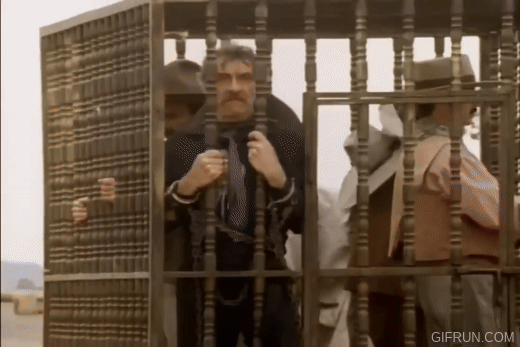
Justice for the people. Justice and freedom for the fastest bird on earth!! (Just be careful now if you're one of those doves or quail😅)
#zorro#new world zorro#zorro 1990#diego de la vega#birds#felipe#alejandro de la vega#victoria escalante#dead bird#not dead bird#california birds#birds in fiction#bird justice#ornithology#california quail#homing pigeons#peregrine falcon
18 notes
·
View notes
Text
A red breasted sapsucker at work.




2 notes
·
View notes
Text
I've seen a pair of birds in my yard twice now that I can't identify and man it's driving me crazy because I want to know what they are. Either they're not in my Birds of California book or I'm bad at identifying them because nothing I've seen there matches these guys. Do any of my followers (or anyone who happens to see this) know enough about birds to help identify them? I'm in Southern California for reference.
They have brown heads and wings, and their tails seem to be brown or yellow. You can't really tell in the picture, but their chests were a very evenly patterned black and white, either stripes or dots. In this shot I got a side view of one and a front view of the other so it's the best I have. I'd say they were about the size of a house finch, maybe a little bigger.



Above: the two birds I saw. Both times I saw them, I saw two.
For reference the black-white pattern on their chests was very uniform and pretty solidly black/white (or at least so i thought from 10 or 15 feet away through a window). Less like the left and more like the right.


1 note
·
View note
Text

i love this creature, the california quail
7K notes
·
View notes
Text
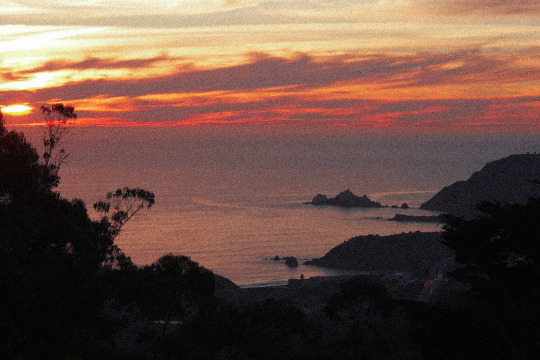




august light and birdsong
#california#landscape photography#nature photography#film photography#35mm#filmisnotdead#ocean#sea#trees#sunset#birds#naturecore#lensblr#original photographers#photographers on tumblr#diary
7K notes
·
View notes
Text
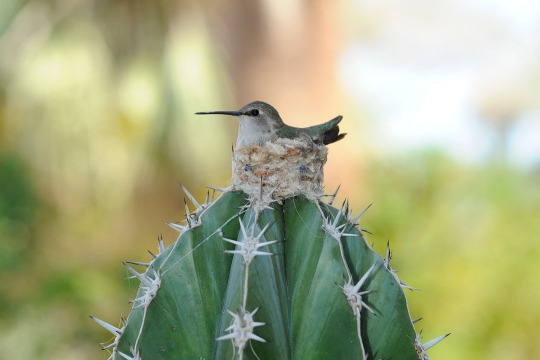
Hummingbird nesting on cactus, Living Desert Gardens in Palm Desert, California.
12K notes
·
View notes
Text



The many perspectives of an Anna’s hummer
#hummingbird#wildlife photography#birds of north america#birdblr#California birds#photography on tumblr
1 note
·
View note
Video
House Wren and Young by TJ Hastings Via Flickr: House wren chicks in their nest begging with open mouths ready to be fed by their parent.
#bird#birds#animal#animals#wildlife#nature#sony#tamron#california#wildlife photography#bird photography#nature photography#california wildlife#California birds#wren#wrens#house wren#house wrens#nestlings#chicks#baby birds#nest#Troglodytes aedon#young#flickr
10 notes
·
View notes
Text
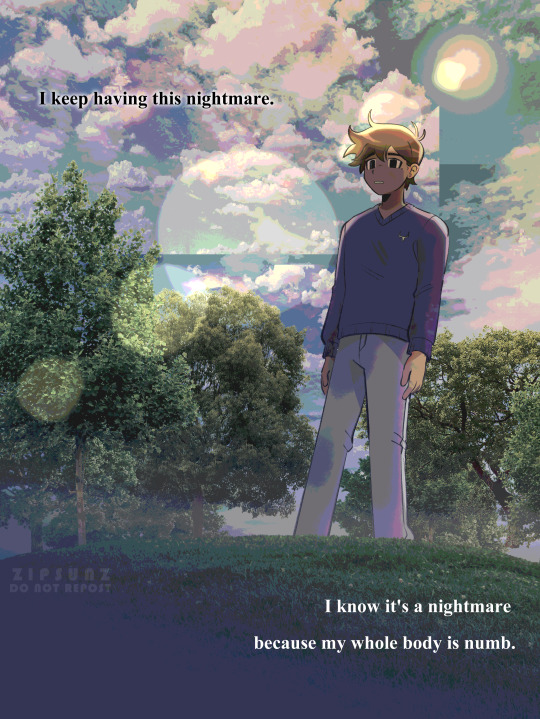
a comic i made for hero's birthday 🍳 ✨
(art by me, script by @sunkitty143!)
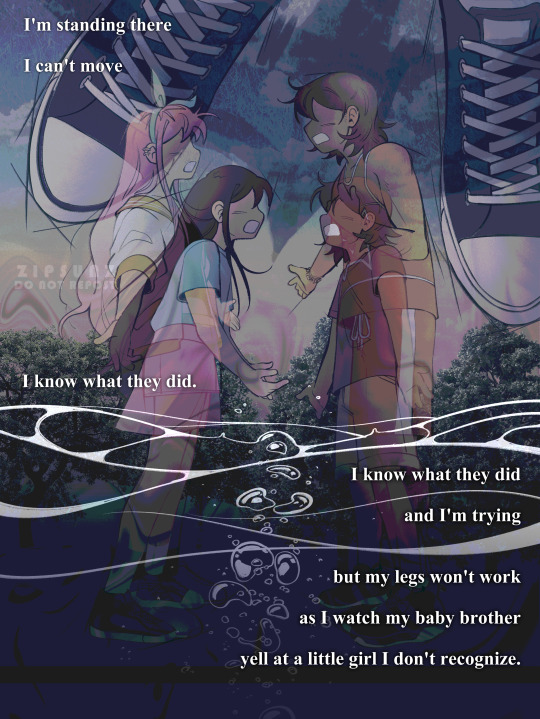
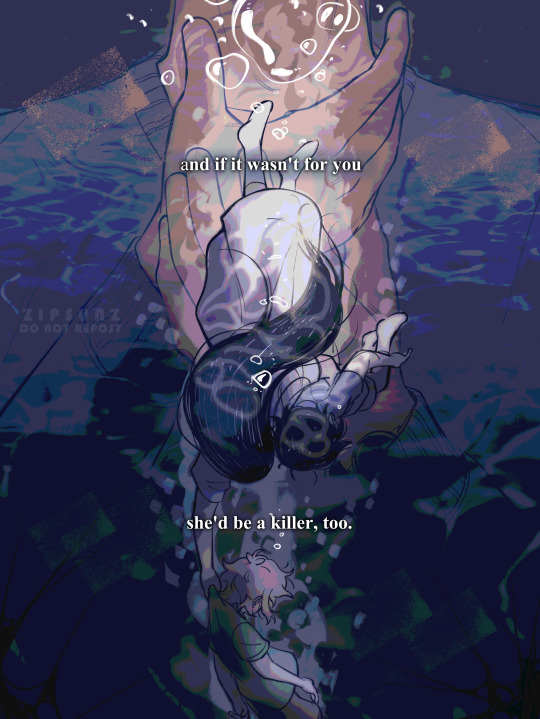
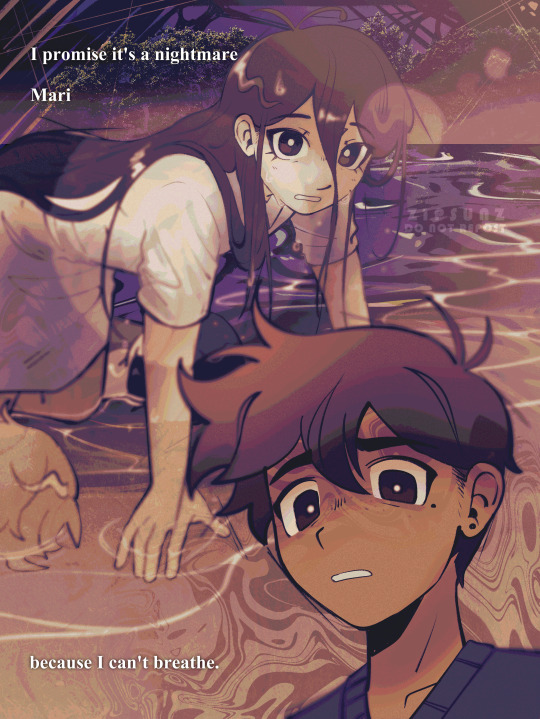
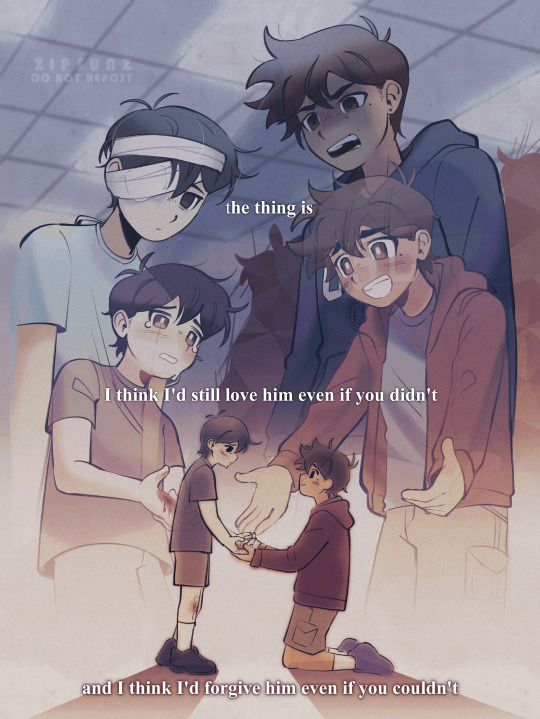
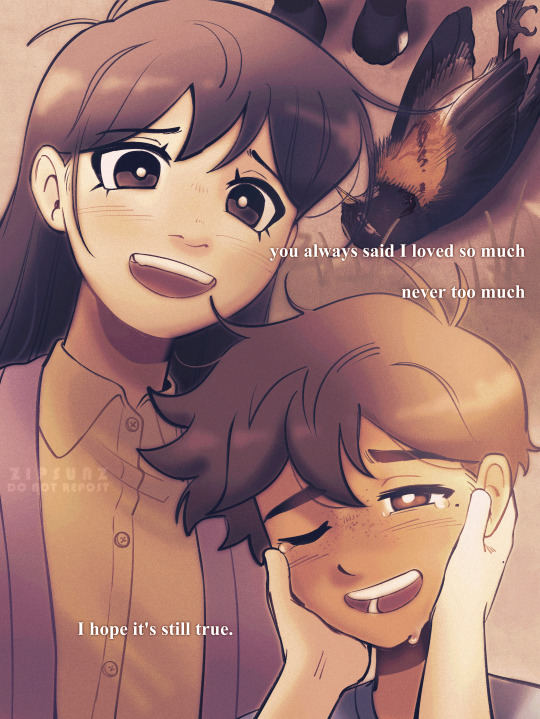


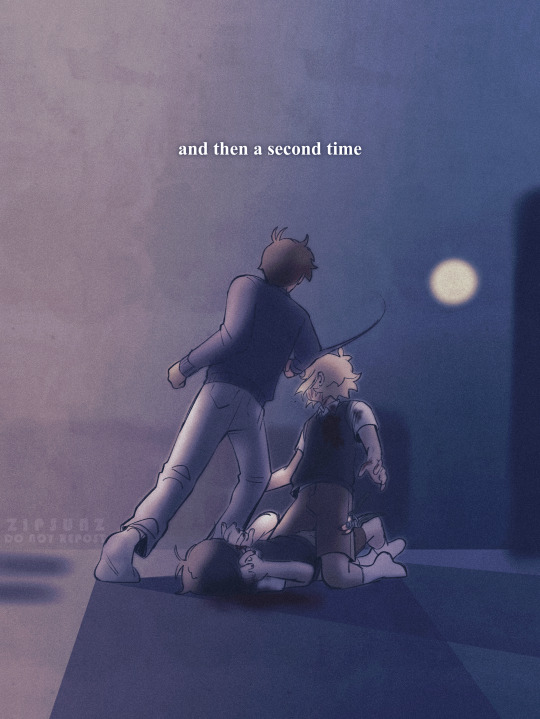
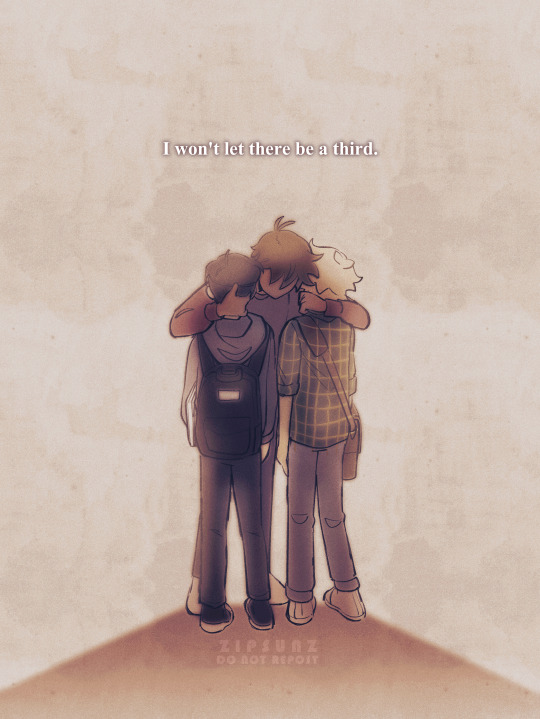
#omori#omori hero#omori aubrey#omori kel#omori mari#omori sunny#omori basil#omori heromari#heromari#omori spoilers#my art#cat collab#a few notes:#the bird is an american robin#i changed hero's (beta) hoodie to USC for the university of southern california. i figure that's what it references lol#i hc hero gave basil his black eye so he'd drop the shears (his weapon is a fist which “gets the job done”)#comics
6K notes
·
View notes
Text




Some Western bluebirds for these trying times
1 note
·
View note
Text

1 note
·
View note
Text

On April 19th, 1987, a bird known as Adult Condor 9 was captured in the Bitter Creek National Wildlife Refuge, near Bakersfield, California. After decades ravaged by the threats of lead-poisoning and pesticide exposure, and intense debate over the ethics of captivity, it had been determined that captive breeding was the final hope to save a species. As his designation might suggest, AC-9 was the ninth condor to be captured for the new program; he was also the last.
As the biology team transported the seven-year-old male to the safety of the San Diego Wild Animal Park, his species, the California Condor, North America's largest bird, became extinct in its native range. It was Easter Sunday—a fitting day for the start of a resurrection.
At the time of AC-9's capture, the total world population of California condors constituted just twenty-seven birds. The majority of them represented ongoing conservation attempts: immature birds, taken from the wild as nestlings and eggs to be captive-reared in safety, with the intention of re-release into the wild. Now, efforts turned fully towards the hope of captive breeding.
Captive breeding is never a sure-fire bet, especially for sensitive, slow-reproducing species like the condor. Animals can and do go extinct even when all individuals are successfully shielded from peril and provided with ideal breeding conditions. Persistence in captivity is not the solution to habitat destruction and extirpation—but it can buy valuable time for a species that needs it.
Thankfully, for the California condor, it paid off.
The birds defied expectations, with an egg successfully hatched at the San Diego Zoo the very next year. Unlike many other birds of prey, which may produce clutches of up to 5 hatchlings, the California condor raises a single chick per breeding season, providing care for the first full year of its life, and, as a consequence, often not nesting at all in the year following the birth of a chick. This, combined with the bird's slow maturation (taking six to eight years to start breeding), presented a significant challenge. However, biologists were able to exploit another quirk of the bird's breeding cycle: its ability to double-clutch.
Raising a single offspring per year is a massive risk in a world full of threats, and the California condor's biology has provided it with a back-up plan: in years when a chick or egg has been lost, condors will often re-nest with a second egg. To take advantage of this tendency, eggs were selectively removed from birds in the captive breeding program, which would then lay a replacement, greatly increasing their reproduction rate.
And what of the eggs that were taken? The tendency of hatchlings to imprint is well-known, and the intention from the very beginning was for the birds to one day return to the wild—an impossibility for animals acclimated to humans. And so, puppets were made in the realistic likeness of adult condors, and used by members of the conservation team to feed and nurture the young birds, mitigating the risk of imprintation on the wrong species.
By 1992, the captive population had more than doubled, to 64 birds. That year, after an absence of five years, the first two captive-bred condors were released into their ancestral home. Many other releases followed, including the return of AC-9 himself in 2002. Thanks to the efforts of zoos and conservationists, as of 2024 there are 561 living California condors, over half of which fly free in the wilds of the American West.
The fight to save the California condor is far from over. The species is still listed as critically endangered. Lead poisoning (from ingesting shot/bullets from abandoned carcasses) remains the primary source of mortality for the species, with tagged birds tested and treated whenever possible. Baby condors are fed bone chips by their parents, likely as a calcium supplement—but, to a condor, bits of bone and bits of plastic can be indistinguishable, and dead nestlings have been found with stomachs full of trash.
There's hope, though. There are things we can change, things we can counteract and stop from happening in the future. It was a human hand that created this problem, and it will take a human hand to fix it. Hope is only gone when the last animal breathes its last breath—and the California condor is still here.
-
This painting is titled Puppet Rearing (California Condor), and is part of my series Conservation Pieces, which focuses on the efforts and techniques used to save critically endangered birds from extinction. It is traditional gouache, on 22x30" paper.

#california condor#bird art#bird extinction#endangered species#conservation#series: conservation pieces#extinction stories
1K notes
·
View notes
